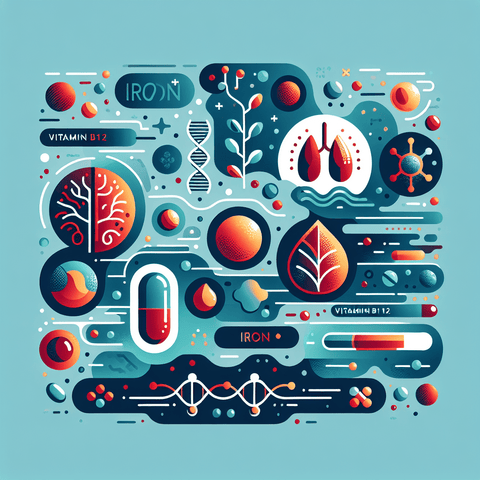Mineral and vitamin interactions form a central theme for understanding how nutrients relate to each other in the body. This page explores the concept of mineral and vitamin interactions and how scientists and educators describe their roles in nutrient processing. Rather than presenting definitive outcomes, the focus is on the ideas, questions, and terminology used to discuss these interactions. By looking at timing, pairing, and the context of everyday foods, readers gain a neutral view of how researchers frame the topic. Timing is a key element in mineral and vitamin interactions, as researchers examine when various nutrients enter the body and how this timing may influence processing. The discussion often centers on the sequence of intake, pacing across meals, and how different forms or routines are described in literature. This section clarifies common terms related to timing and how they appear in discussions about nutrient interactions. The goal is to equip readers to recognize the role of timing in descriptive explanations without prescribing actions. Nutrient pairings refer to how minerals and vitamins may interact with one another, sometimes described as synergistic or antagonistic within mineral and vitamin interactions. Readers will encounter explanations of how certain nutrients can influence each other's presence, absorption, or activity in theoretical or study contexts. The language used often emphasizes patterns rather than universal rules, reflecting the variability seen across individuals and sources. This page aims to present these ideas in a clear, non-prescriptive way. When approaching material on mineral and vitamin interactions, practical needs include evaluating sources, noting how everyday foods are used as contexts for discussion, and distinguishing between hypothesis and established consensus. Look for neutral, evidence-based descriptions and beware oversimplifications that reduce complex interactions to simple takeaways. Consider how timing and nutrient pairings are presented and what questions those presentations invite. By staying engaged with the concept of mineral and vitamin interactions in this way, readers can explore the topic with a critical mindset.

